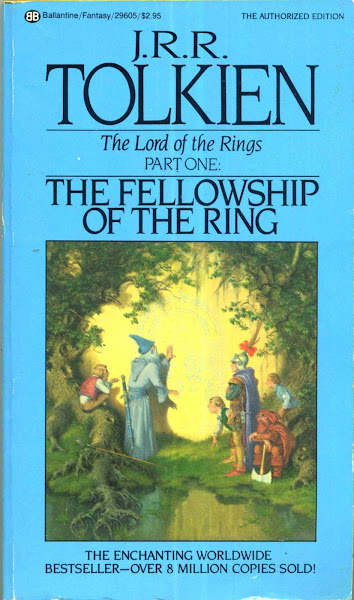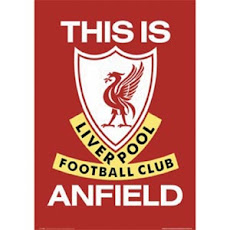Torchlight and Bonfire: An Ateneo celebration
by rick olivares
Around 10:40 in the evening of the 23rd of November, 2019, several Ateneo student-athletes – all champions in their respective sports in the first semester of the year – made their way down from the stage at the Ateneo Grade School parking lot. They were all going to light the bonfire.
When the wood was set ablaze, a cheer rose up and the alma mater song was sung.
And thus continued an 82-year tradition of championship celebration by the school’s varsity teams.
Where did this is begin?
When a fire razed the Ateneo campus inside Intramuros on the night of August 13, 1932, a defiant and proud group of students, led by their American Jesuit professors, began singing school songs and hymns.
When it looked like the Ateneo seniors team was going to win the NCAA crown in 1937, Fr. John McCarron, S.J., the school’s varsity teams’ chaplain and later, athletic moderator, thought back to beach bonfires and how people talked and shared stories and experiences. And he also remembered the fateful night of the 13thof August 1932 when a fired razed the Ateneo campus inside intramuros.
No one knows how it all started, but as the building were eaten up by the flames, students, faculty, and Jesuit mentors began singing school hymns. Whether it was in defiance or merely putting on a brave front, it was cathartic.
Just like sports.
The score was 36-22 with two minutes left in the game when “Roll Up the Victory” erupted from the Ateneo side of the Rizal Memorial Coliseum. It might have been a lot of time left in the game for Jose Rizal College to catch up, but to the Ateneans in the gallery along with their cheerleaders – Raul Manglapus, Luke Paredes, and Frankie Romualdez – knew it was over.
True enough, the score ended in a 40-26 triumph for the Ateneo blue and whites. And on September 30, 1937, Ateneo was NCAA champion for the fifth time. They had played eight games and won seven of them.
After the match, the school’s Rector, Fr. Carroll I. Fasy, S.J., organized the student body. They patiently waited for their heroes led by head coach Totoy Bautista, Jess Arce who was a high school senior already playing for the college team, star guard Simon LaO, forwards Fermin “the Black Fury of Zamboanga” Fernando and James “Wonder Boy” Hampton, and Cesar Basa among others to file out.
When the blue and whites (this was a good two years before Ateneo sports team formally adopted the Blue Eagle moniker) got out of the RMC, a raucous cheer greeted them as some 500-plus students yelled their hearts out.
With school officials and their cheerleaders leading them, the Ateneo throng with several dozen holding up torches turned left into Taft (and right in front of De La Salle College) then right into Herran (now Pedro Gil) then to Dakota along Mabini then all the way to Padre Faura. Normally, the walk from Vito Cruz to Ateneo’s new campus in Padre Faura would take 30 minutes. But with this route, it took them a little over an hour.
This was the first ever torchlight parade in the school’s history.
During the parade, the Ateneans erupted into their three new cheers that year – Halikinu, Swinging, and Jamming. The new cheers were created to inject life into the Ateneo crowd. School reporters criticized the lack of spirit by the Ateneo crowd – “the spirit-less cheers are like the fall of the Bastille,” decried one upset Guidon writer.
The new cheers and songs had literally lit a fire. And for the man known as “Rah-Hul” Manglapus, he wasn’t done penning cheers and songs for his school. Two years later, he would introduced “Fly High” as the first ever Ateneo Blue Eagles squad was introduced over KZRH (today known as Radyo Pilipinas).
Once inside the campus, those carrying their torches, one by one, threw them into the shrine of wood and literally lit a fire. That was how they lit the bonfires then.
Four years later, on a sunny Sunday, September 28, Ateneo’s college team defeated their counterparts from JRC. The school had to wait for five more days – on October 3rd -- the juniors team that lost to La Salle and needed one more game to dispatch their newfound nemesis, 17-16, to complete a double victory.
Noted Fr. McCarron, “We needed everything in our arsenal to win. Our team captain, Tony Montenegro played well as did Jess Coruna.”
Fr. Vincent O Beirne, S.J. declared no classes the next day for the entire high school and college beginning a tradition.
This time, there were five different parades that set off from five different points to converge at Plaza Lawton before making their way to the parade grounds of Luneta Park (as it was called before it was renamed Rizal Park) for the bonfire. After the bonfire the Blue Eagles and some key supporters were served a banquet at the Aristocrat Restaurant along Dewey Boulevard (now Roxas Boulevard).
Both teams had their group pictures taken at the nearby Sun Studio. Each photo cost 30 centavos.
Their reward for the senior squad for winning the title – a trip to the Summer Capital, Baguio, on October 9.
Fr. O’ Beirne reflected about the win, “The bleachers were sardined with humanity, surprises, disappointments, cheer-mad rooters and the hush of defeat. These are all the matter of historians -- after the cheers and tears for some – to write about because we all know how it feels. For three years, we cooled our heels by the side of the road and cheered as the winner passed by. Now that we are tripping along the highway ourselves, that long rest will stand us in good stead, for we intend to stay on that road for a while.”
And it looked that way for a moment as a little over two months later, Ateneo defeated La Salle in the dying seconds of the NCAA football title game when Simon LaO fired the game winner past their goalkeeper, Louie Javellana (who later transferred to Ateneo).
Reflected Fr. McCarron after the game, “Like it or not, Ateneo is not a football school. This is a fact. Basketball has ruined it.”
But another event would ruin the football celebrations. Scant hours after the title win, air raid sirens broke out as the Japanese began bombing the Philippines and the world truly plunged into a global conflagration.
The torchlight parade continued until the celebrations for the 1976 NCAA Finals after which it ended.
The torchlight parade continued until the celebrations for the 1976 NCAA Finals after which it ended.
When Ateneo bagged its historic first UAAP title in 1987, by word of mouth, the basketball players, students, and alumni gathered in front of the Loyola Center (today’s known as the Blue Eagle Gym). People searched for broken branches, twigs, and paper and tossed them into a heap while dousing it with lighter fluid. It was then set ablaze in an impromptu bonfire over smuggled beer, cigarettes, and the hearty laughs of newly-minted champions.
The bonfire celebrations are more organized today with performances by the school’s musical alumni and entertainers, fireworks, and well… beer and food. There are speeches, merriment, and well, thanking the Most High for the blessings received.
And just as it was intended 82 years ago, it brings everyone together.










No comments:
Post a Comment